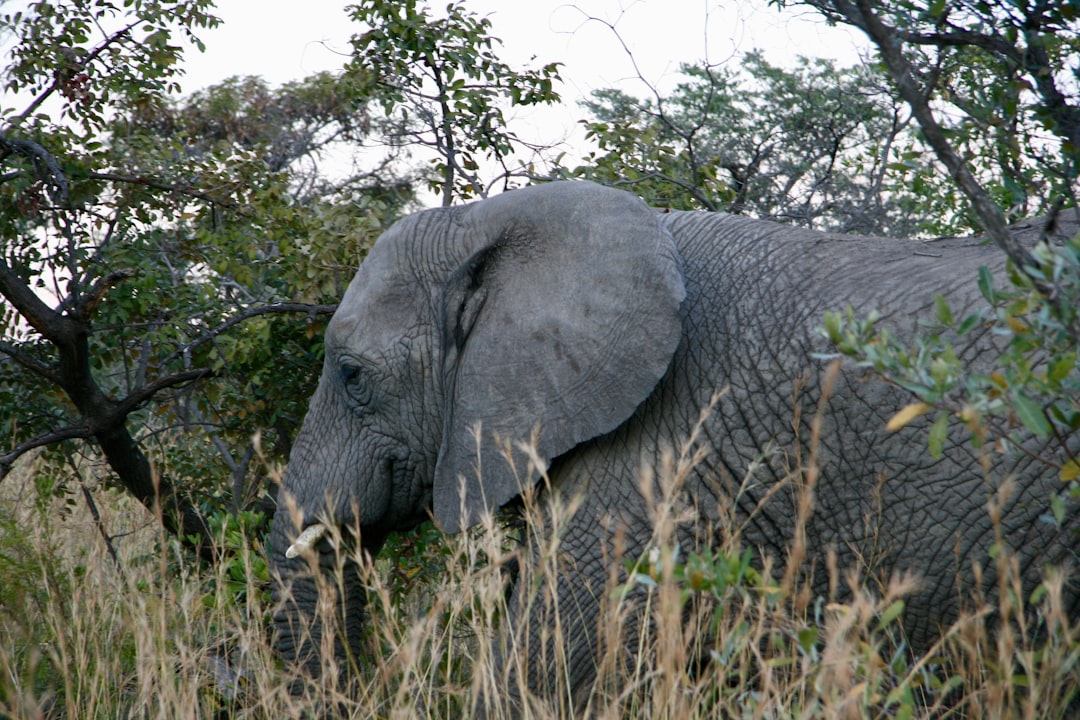As the natural world faces mounting pressures from human activity, the science of conservation biology has emerged as a crucial discipline dedicated to preserving Earth’s biodiversity. From iconic species like elephants and tigers to the fragile coral reefs and rainforests they inhabit, conservation biology focuses on understanding, protecting, and restoring the ecosystems and organisms that are most at risk.
In this post, we’ll explore what conservation biology is, why it’s essential, and how it helps protect endangered species and habitats around the world.
What Is Conservation Biology?
Conservation biology is a multidisciplinary field that aims to understand the causes of biodiversity loss and develop strategies to prevent species extinction, protect ecosystems, and maintain ecological processes. It combines ecology, genetics, zoology, botany, environmental science, and even social science and policy.
At its core, conservation biology seeks to answer these key questions:
-
Why are species and ecosystems declining?
-
How can we prevent extinction and degradation?
-
What can be done to restore damaged environments?
Why Is Conservation Important?
Biodiversity—the variety of life on Earth—is vital to ecosystem health and resilience. Species perform essential roles like pollination, seed dispersal, pest control, and nutrient cycling. When ecosystems are intact, they also provide clean air and water, regulate climate, and buffer against natural disasters.
But today, biodiversity is under threat like never before:
-
1 million species are at risk of extinction, according to a landmark UN report.
-
Habitat loss, climate change, pollution, invasive species, and overexploitation are driving rapid declines in plant and animal populations.
Protecting biodiversity is not just about saving individual species—it’s about preserving the natural systems that sustain life, including our own.
Key Focus Areas in Conservation Biology
1. Endangered Species Protection
Conservation biologists study species that are at risk of extinction due to population decline, habitat fragmentation, or other threats.
Approaches include:
-
Species monitoring to track population trends.
-
Captive breeding and reintroduction programs to boost numbers and re-establish species in the wild.
-
Genetic studies to maintain diversity and reduce inbreeding in small populations.
-
Anti-poaching efforts and law enforcement to stop illegal trade and hunting.
Example: The California condor, once reduced to just 27 individuals in the wild, is slowly recovering thanks to intensive conservation efforts, including captive breeding and habitat protection.
2. Habitat Conservation
A species cannot survive without suitable habitat. Conservation biology places a major emphasis on preserving and restoring ecosystems where biodiversity can thrive.
Strategies include:
-
Creating protected areas like national parks, reserves, and marine sanctuaries.
-
Restoring degraded habitats such as replanting forests or rehabilitating wetlands.
-
Maintaining ecological corridors that allow species to migrate, disperse, and adapt to environmental changes.
-
Sustainable land-use planning to reduce habitat destruction from agriculture, development, and mining.
Example: The preservation of the Amazon rainforest not only protects thousands of species, but also maintains critical global climate functions.
3. Conservation Genetics
Genetic diversity is vital for species to adapt to changing conditions and resist disease. Conservation genetics helps ensure the survival of small or isolated populations.
Key applications:
-
Analyzing gene flow between populations to maintain healthy genetic variation.
-
Identifying distinct subspecies or conservation units to guide management decisions.
-
Preventing genetic bottlenecks in endangered species through managed breeding.
4. Human Dimensions and Community Involvement
Effective conservation must consider the needs and values of local communities. Conservation biology increasingly emphasizes collaborative, community-based approaches.
Involving people through:
-
Education and awareness programs that promote stewardship.
-
Ecotourism that supports both conservation and livelihoods.
-
Co-management of protected areas with indigenous or local communities.
-
Policy and advocacy to promote laws that protect biodiversity.
Example: Community-managed conservancies in Kenya have helped protect endangered wildlife while supporting local economies.
Modern Challenges and Solutions
Climate Change
Shifting temperatures and weather patterns are altering ecosystems and putting stress on species.
Conservation response:
-
Identifying climate refugia—areas that will remain stable in a changing climate.
-
Enhancing ecosystem resilience through habitat connectivity.
-
Assisting species migration or adaptation through conservation planning.
Invasive Species
Non-native species can outcompete or prey on native organisms, disrupting ecosystems.
Conservation response:
-
Monitoring and rapid response to new invasions.
-
Removing or controlling established invasives.
-
Restoring native species and habitat conditions.
Limited Funding
Conservation often competes with other social priorities for resources.
Conservation response:
-
Leveraging public-private partnerships.
-
Promoting nature-based solutions with co-benefits (e.g., flood control and wildlife habitat).
-
Encouraging citizen science and volunteerism.
The Future of Conservation Biology
As environmental challenges grow more complex, conservation biology is evolving to meet them. New technologies like remote sensing, AI-powered monitoring, and environmental DNA (eDNA) are transforming how we detect and protect species. Cross-disciplinary collaboration and international cooperation are more important than ever.
But the heart of conservation remains the same: a deep respect for the natural world and a commitment to protecting it for its own sake—and for the benefit of all life on Earth.
Conclusion
Conservation biology is a beacon of hope in a world facing ecological crisis. Through science, compassion, and action, it provides the tools and knowledge we need to safeguard endangered species and their habitats. Whether it's saving a single species from extinction or preserving entire ecosystems, conservation biology reminds us that we are not separate from nature—but a part of it, with the power and responsibility to protect it.
What species or wild places are you most passionate about protecting? Let us know in the comments and be part of the movement to conserve life on Earth.

Comments
No comments yet. Be the first to comment!
You must be logged in to comment. Login